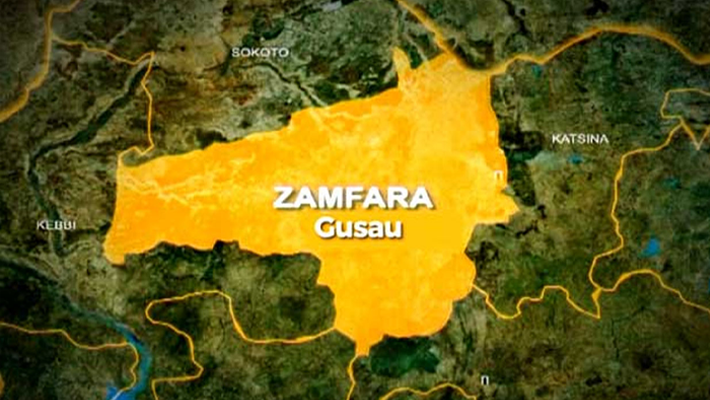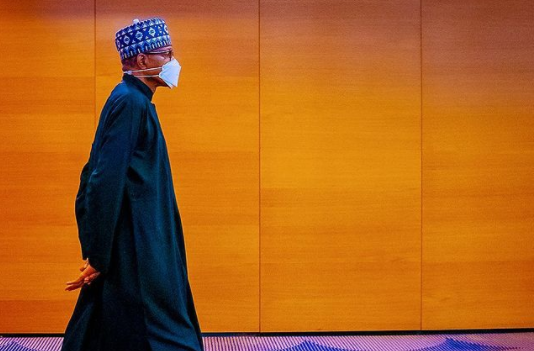The recent tragic mining incident in Maru Local Government Area of Zamfara State, which claimed many lives and left scores of people trapped underground, has again exposed the dangers of illegal mining in the country. The avoidable tragedy has also underlined the weak regulatory oversight in the nation’s sector. Of the over 100 people feared trapped in the collapsed mining pit, only 13 were reportedly rescued.
While confirming the unfortunate incident, the Ministry of Solid Minerals Development explained that the disaster was caused by heavy rainfall and unsafe practices of illegal miners. Though federal mine officers were dispatched days later to coordinate rescue operations, their arrival was rather too late. Perhaps the fatalities would have been prevented had the relevant authorities and mining operators adhered strictly to safety standards.
The Zamfara State mining tragedy highlights the grave danger faced by mineral-rich host communities across the country. We recall that in June 2024, dozens of gold miners in Shiroro, Niger State were trapped underground after a pit collapsed following a heavy downpour. This was despite a ban on mining activities in Shiroro area. Also, in November 2021, a gold mine collapsed in the Garin-Liman area, resulting in needless deaths and injuries.
It is unfortunate that no lesson has been learnt despite recent assurances by the Minister of Solid Minerals, Dele Alake, to investigate the remote and immediate causes of frequent mining accidents and how to prevent them. Illegal mining has remained a thriving business by criminal gangs. In January last year, a deadly blast rocked Ibadan, Oyo State capital, killing tens of people. According to a 2024 report by the House of Representatives Committee on Solid Minerals, illegal mining has resulted in financial losses to the federal government, estimated at around $9 billion annually. No doubt, Nigeria is endowed with many solid minerals. There is hardly any state in the country without one or two solid minerals. According to the Nigeria Extractive Industries Transparency Initiative (NEITI), the mining sector contributed about 4 per cent to the nation’s Gross Domestic Product (GDP) from the 1950s and 1970s.
The NEITI report also revealed that Nigeria earned a total of N814.59billion from the sector in 15 years, with N193.5billion in 2021 being the highest earnings. The figure shows an increase of N60.32billion or 51.89 per cent growth, when compared to the 2020 figure. However, the fortunes from the solid minerals sector declined sharply following the discovery of crude oil, which diverted government’s attention almost entirely away from mining. But in recent years, the mining industry has started to receive a boost. For instance, in 2024, Nigeria’s solid minerals, mining and quarrying sector contributed N1.39trillion to the GDP, according to the National Bureau of Statistics (NBS). However, the amount represents a 21 per cent decline from the N1.76trillion recorded in 2023.
This obtains in spite of various reforms and policy changes in the last two years aimed at revitalising the sector. In the Q4 of’ 2024, the sector contributed 6.33 per cent to Nigeria’s overall GDP, higher than the contribution recorded in the corresponding quarter of 2023, which was 4.47 per cent. But the overall year-on-year contribution fell by N370billion due mainly to illegal mining, even as the authorities of the Ministry of Solid Minerals claimed that the sector remitted N38.19billion to government treasury last year. All the same, the GDP report indicates that the sector’s overall performance has been below expectation.
The revenue contribution of the coal subsector, for instance, dropped by N9.29billion in 2024, or 62.8 per cent compared to N24.95billion in 2023. This reflects diminishing investors’ interest in the sector. Similarly, the quarry and other minerals sub-sector’s contribution fell sharply, making about N410billion or 24.26 per cent. All of this calls for more effort to revamp the sector and make it achieve its potential. Last year, the Ministry of Solid Minerals tried to enforce some policies to improve revenue and service delivery in the sector through a 50 per cent upward review of rates on 268 mining items. In September this year, the federal government also revoked 1,263 mineral licences over annual service fees default. The revoked licences included 584 exploration licences; 65 mining leases; 144 quarry licences; and 470 small-scale mining leases. Alake had equally explained that the revocation of licences was to keep speculators and unserious investors away from the mining sector.
To curb mining accidents, the federal government must enforce strict regulations, invest in technology for monitoring and surveillance, as well as promote sustainable practices through community engagement and empowerment of artisanal miners. There is also urgent need to strengthen institutional capacity, increasing enforcement of extant laws against illegal miners, and fostering collaboration among government agencies, communities and the media. Altogether, the fatal mining incident in Zamfara should serve as a wake-up call to overhaul the mining industry and position it to play a pivotal role in economic development of the country.
The post The Zamfara mining tragedy appeared first on The Sun Nigeria.





